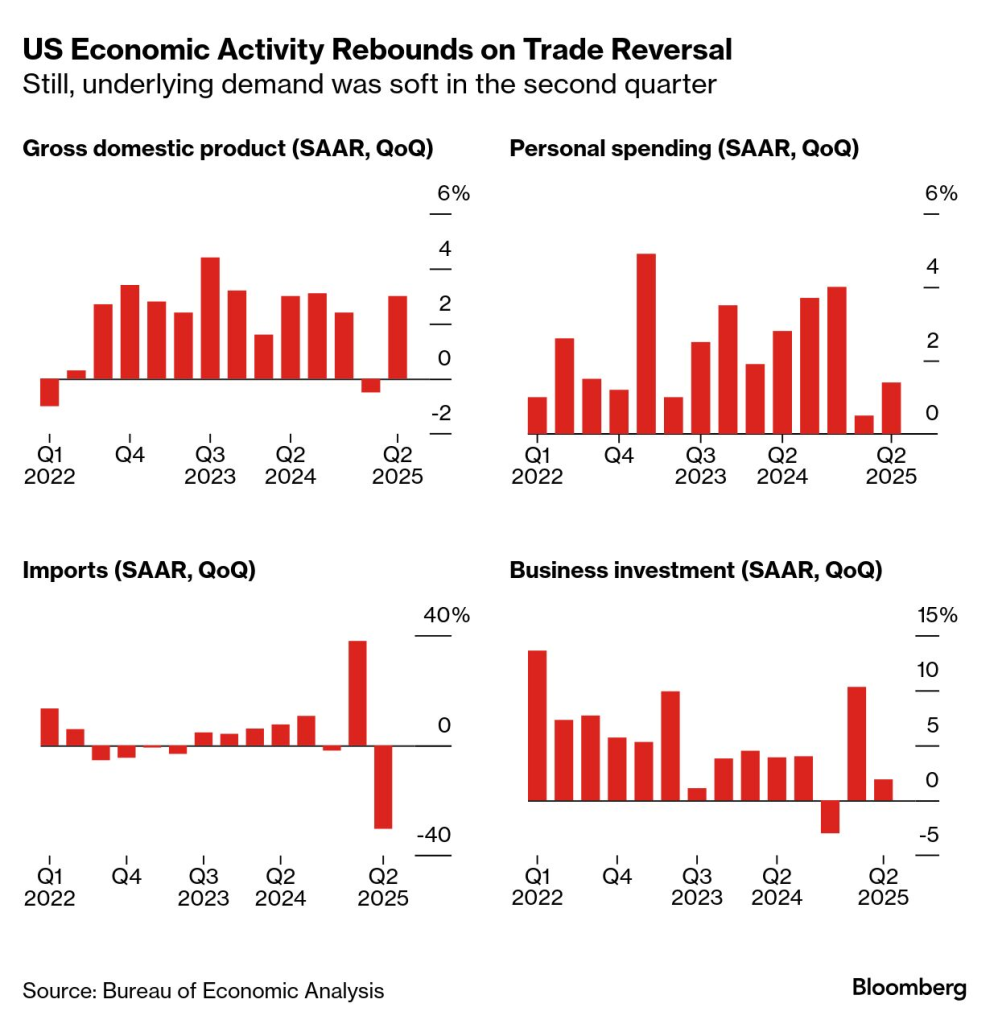- Trump’s tariff deadline was hit, and many countries suffered new, higher tariffs.
- US job vacancies dropped more than expected.
- The US GDP came in at 3.0%, compared to the forecast of 2.5%.
Interest futures eased on Friday as US Treasury yields soared at the deadline of Trump’s tariffs. The US president imposed high tariffs on several of the country’s major partners, including Canada and South Korea. However, trading remained thin as market participants eagerly awaited the US monthly employment report.
On Friday, Trump’s tariff deadline was hit, and many countries suffered new, higher tariffs. After almost three months of waiting, some countries were unable to sign trade deals with the US. Some major ones, like Canada, got a tariff of 35%. The move sent US Treasury yields and the dollar higher as traders anticipated an increase in US import costs. Higher import costs could eventually translate to higher price pressures.
Interest futures had a strong start to the week after a new trade deal and as yields fell on downbeat US data. Data on Tuesday revealed that job vacancies dropped more than expected, raising concerns about demand in the labor market. As a result, the dollar fell.
At the same time, the US secured a trade deal with the European Union that eased concerns about a trade war. Moreover, it came shortly after a deal between the US and Japan.
Although many countries got higher tariffs on Friday, the outcome has been better than initially feared. Major economies like Japan, the EU, and the UK got trade deals, lowering the risk of a global trade war. At the same time, there is less uncertainty about the future of the US economy, which might allow the Fed to continue its monetary easing.
US economic activity (Source: Bureau of Economic Analysis)

Trump continued his attacks on Powell, calling for the Fed Chair to lower borrowing costs. However, recent figures have revealed a resilient economy and hot inflation. This week, the GDP came in at 3.0%, compared to the forecast of 2.5%. The unexpected growth has convinced investors that the economy is on steady ground.
During the Fed meeting on Wednesday, two policymakers voted to cut rates. Meanwhile, Powell maintained his cautious tone. However, it was enough to show that some policymakers believe tariffs will have a small impact on the economy. Traders will now watch the nonfarm payrolls report for more clues on the state of the economy. Economists predict slower job growth and higher unemployment.



